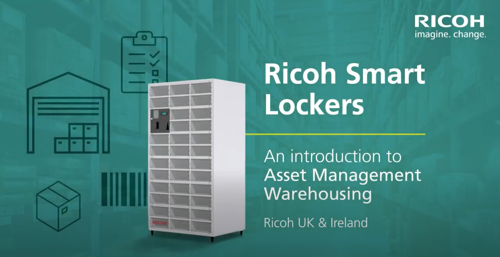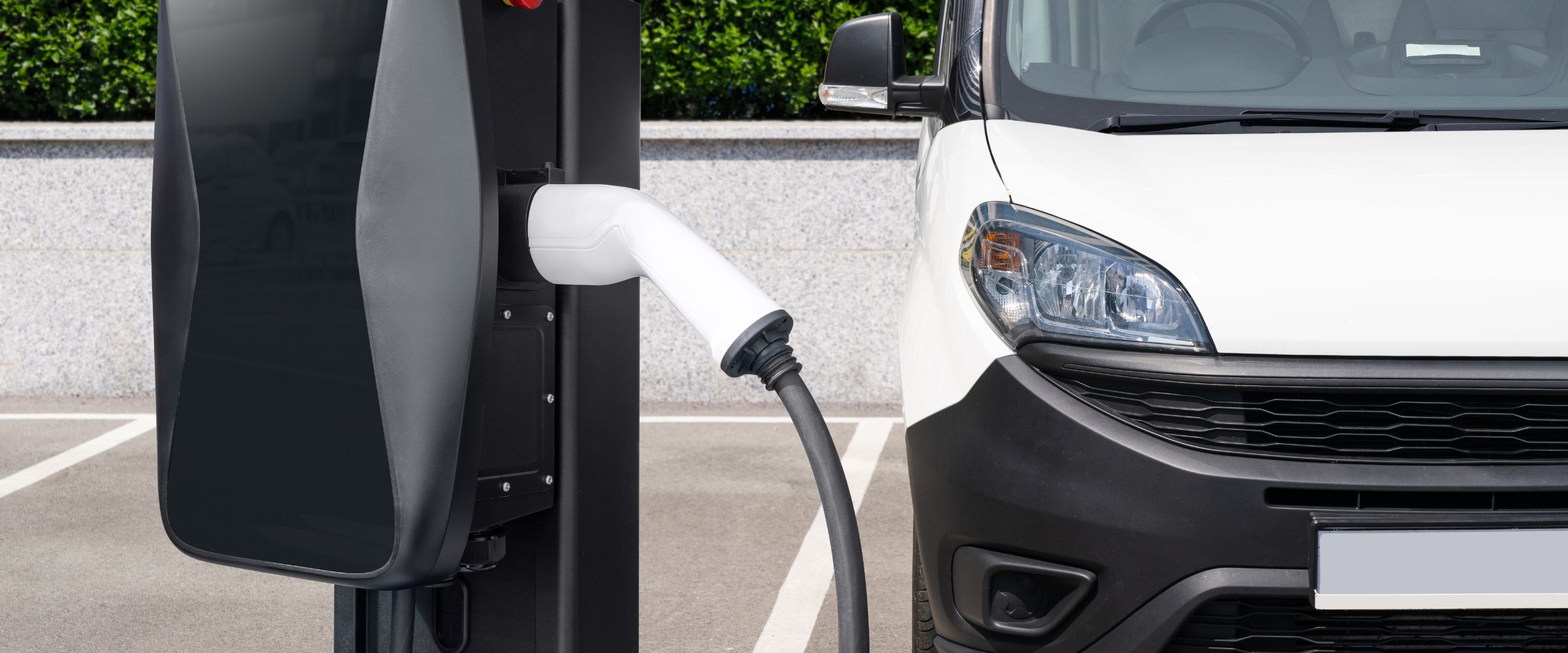Three key trends driving smart locker adoption

March 08, 2023 in Frameworks
Whether viewed from an IT or a warehousing/logistics perspective, Smart Lockers give businesses greater visibility and control over inventory items such as computer peripherals, handheld devices and headsets. They help improve productivity and reduce costs. Being secure and contactless, they allow the provision of a 24-hour self-service process for employees to collect or deposit these kinds of assets when they need to, with no waiting, and no need for additional IT or warehousing staff to be on duty to accept or distribute the items. Unlike with some storage solutions, there are no constraints on who the stored assets are manufactured by.
One of Ricoh’s customers Coventry City Council – has been impressed by the amount of information the Smart Locker and its cloud-based software makes available regarding the self-service distribution of IT peripherals, including new starter kits for new employees. ICT Engagement Lead Gary Griffiths said: “I think it is a very powerful thing to have that granular level of detail about how, where and what volume of peripherals have been consumed.”
These organisations, and others, are grappling with three significant trends in the 21st Century workplace, and with each of those trends – as we see below – Smart Lockers can provide very real benefits:
Digital transformation
Digital and cloud-based technology is helping businesses to realise process improvements through automation and real-time traceability and control, resulting in enhanced efficiency and productivity. A by-product of this is an increased capability to track and control a wide range of physical or electronic business assets, and their utilisation rates, without labour-intensive or time-bound manual distribution and collection processes.
Workplace productivity
Consider these scenarios: staff members have to queue up to get their devices or equipment when they get to work, and queue up again to give it back at home time. They might spend time searching through several devices, looking for the one they like to use best. Having picked up their device, they find the battery is low and their work is soon disrupted as a fully charged device is sought. They might damage a device – accidentally or otherwise – and fail to hand it back in.
Hybrid working
It is well established that the modern workforce is no longer one that checks in every weekday at its place of employment at 9 am and leaves at 5 pm. People work remotely, they split their working time between home and office. Their hours are irregular, and meetings are very often conducted via cloud-based video conferencing applications.
Conclusion
The workplace is changing in fundamental ways. Employees and workforces are being organised and equipped in different ways. Digital and cloud-based technology is capable of delivering real-time control and efficiency. Ricoh’s vision, articulated through its Leading Change at Work campaign, is to create a seamless digital workspace experience. Smart Lockers are a part of that unified digital workspace solution – one that, as the examples above illustrate, is already delivering smart value for business enterprises.
Click here to learn more about smart storage lockers, how they work and their potential applications.
Ricoh is an awarded supplier on our MFD and Managed Services frameworks.



